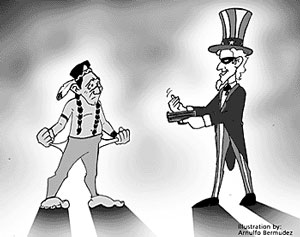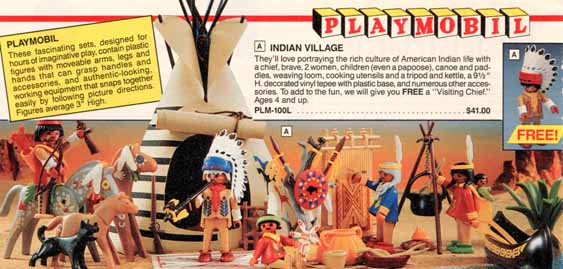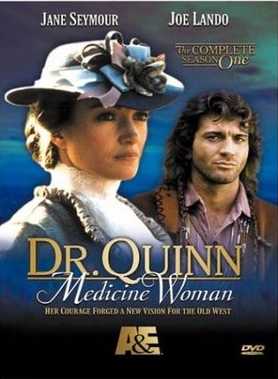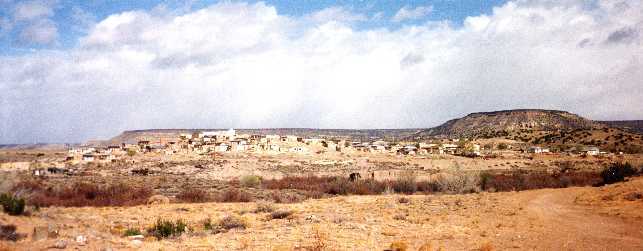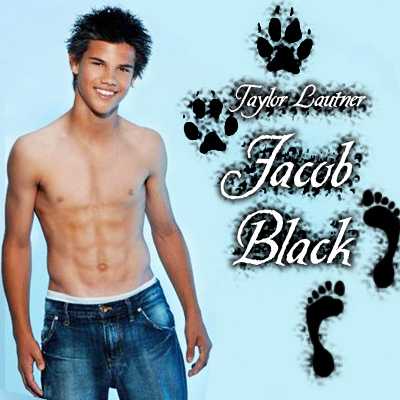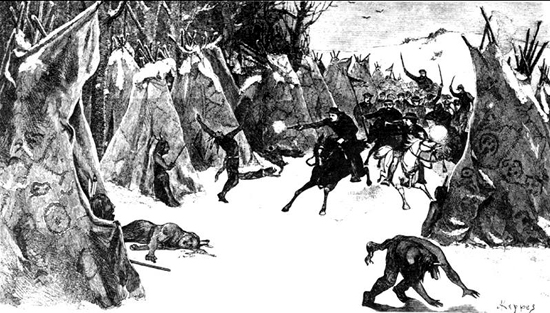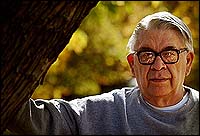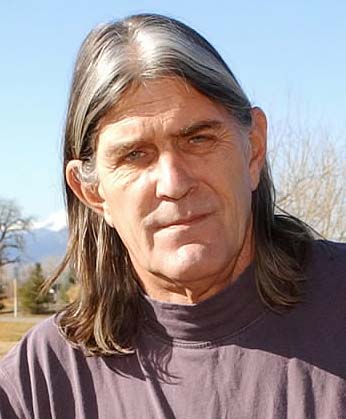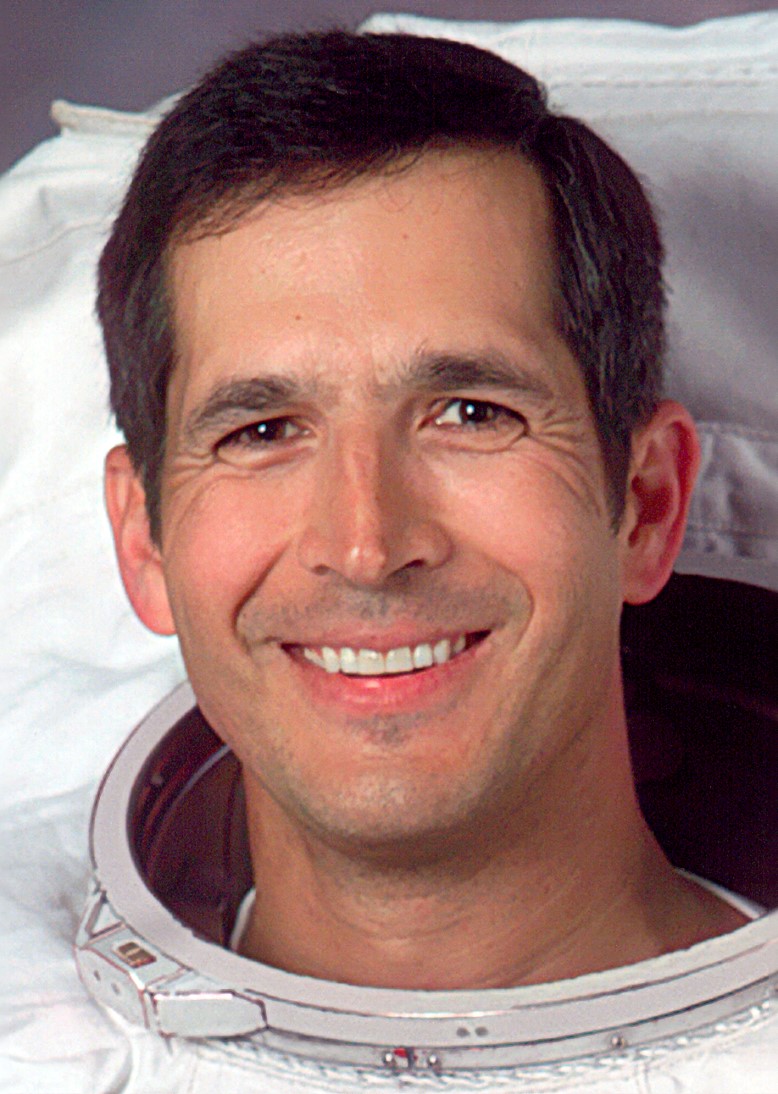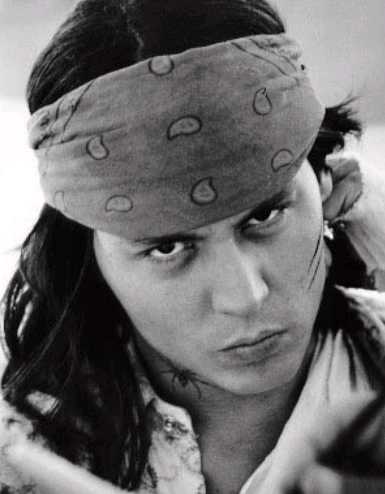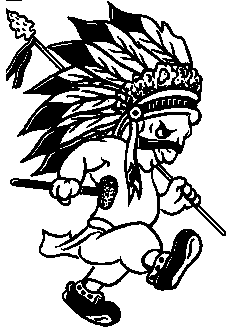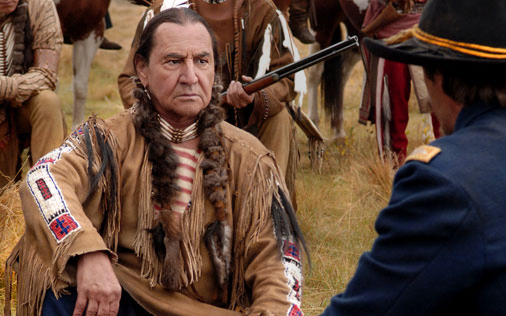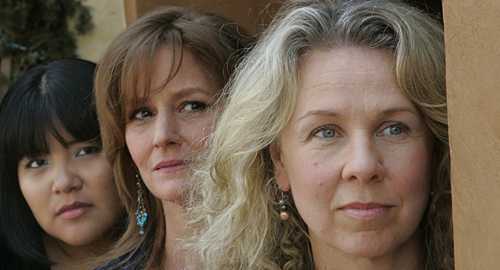In
Was Jamestown Massacre Justified? reader Stephen cast doubts on my explanation of why the Indians massacred the English settlers. Here are his comments and my responses:
Only combat against a legit target is justified; what was stopping the Powhatan from only attacking English soldiers?I don't think we know exactly what happened, but the Indians had killed soldiers before. Apparently that wasn't enough to convince the English to leave. Therefore, I suspect the Indians resorted to what they considered the last resort: the "shock and awe" approach of killing everyone.
Not surprisingly, you didn't think too deeply about the issues I raised. Maybe the Indians considered the women and children carriers of disease (i.e, "evil spirits"). Maybe they asked the women to leave and they refused, which would make them accessories to the "crime." Maybe the Indians knew the women and children would die without the men to provide for them, so they killed them out of "mercy."
I could be wrong but I don't think they did [try to negotiate, etc.]; language and cultural barriers tend to make diplomacy hard.If the invaders wanted to negotiate some sort of right to invade, it was incumbent upon them to learn the Indians' language and culture. If they couldn't find a diplomatic solution, the Indians' military solution shouldn't have surprised them.
Excuses for mass murderers?'Grats on making excuses for mass murderers, note the double standard folks; when Natives committ a mass murder it's self defense, when eviiiiil white men commit an atrocity it's evil.Note Stephen's continued inability to read what I wrote, folks. I'll repeat it for those who
can read:
My position is that violence is justified only as a last recourse, when all other options have failed.I doubt the Indians tried everything they could short of massacring everyone. In that sense they were wrong. But I believe they were acting like people who had been bullied or battered repeatedly. In that sense, I believe they had
some right to self-defense.
Whether they killed too many people in their all-out military action would require a detailed look at the facts and evidence. In particular, an examination of how realistic the Indians' fear of annihilation was. It would be something for a court to determine then--not for armchair speculators to decide four centuries later.
In fact, I bet a court would allow the Indians some sort of "diminished capacity" defense as a result of the Englishmen's ongoing threats and attacks. If so, I suspect the Indians would be acquitted by a jury of their (Indian) peers. If they were found guilty, it would be to a lesser crime or with mitigating circumstances.
Colonists didn't intend conquest?Except the goal of Jamestown was not to start a war the Powhatan believed this would 'put them in their place' and that the surviving English would recognize the Powhatan as the authority.I quoted Powhatan's thinking once before. I'll
quote it again:
Chief Powhatan had soon realized that the Englishmen did not settle in Jamestown in order to buy and sell with the Indians. The English wanted more; they wanted control over the land. As Powhatan stated, “Your coming is not for trade, but to invade my people and possess my country.”Your opinion about his goals sounds like just that...your opinion. I quoted what he supposedly
said. Let's see you do the same.
Butchering an unarmed child is self defense? Slaughtering an unarmed woman is self defense?When the women and children contributed to the theft of the land? When the English could claim they owned the land as long as a single English person occupied it? I'd say yes...killing unarmed women and children could be part of a last-ditch defense.
One point you've conveniently ignored is whether the women and children had ample warning of the Indians' intent. I'm guessing the Indians sent a pretty clear message: leave our country or else. If the noncombatants stayed in a potential war zone when they were advised to go, I wouldn't say they were totally blameless. Their deaths may have been tragic and unnecessary, but I wouldn't say they were "heinous."
You've criticized my position, but you haven't stated
your position. That's not too surprising for someone who's afraid to sign his name. So let's nail it down:
You'd be okay with the massacre if the Indians killed only the English men? If the Indians left the women and children to fend for themselves (i.e., starve and die)? Then go ahead and say so. Quit talking like someone willing to let the English take the Indians' homeland by
hook, crook, or force.
Permanent settlers = temporary intruders?You're comparing apples to oranges, sure you have the right to kill an intruder, but you do not have the right to kill that intruder's infant child and wife.Which is why I wrote, "I say that if you come across someone trespassing in your house and he's clearly unarmed, you're absolutely not justified in killing him." Good job restating my position.
But you're the one who's comparing apples to oranges. In this case, the "unarmed" intruders weren't just coming to steal something and leave. They were coming to stay permanently. It was that moral crime--invasion and conquest--that justified the Indian's last-resort
thinking.
Again, it didn't justify the actual massacre--I said I don't know if that was necessary. But it justified the thinking that led to the massacre. If you're not too much of an whitebread American, try to understand the difference between explaining what they thought and excusing what they did.
Unless you're certain you can divine the Indians' thinking, don't bother braying about the women and children again. Yeah, we got your position. You're an Anglo apologist who doesn't understand what the Indians were facing. Unlike you, they realized the Europeans would never stop coming unless they did something drastic.
The definition of genocideIn other words you're saying they [the Indians] had the right to commit genocide.You don't think I know the definition of genocide? One of us doesn't know it--that's for sure.
So you think massacring one small colony of Europeans--about one-millionth of their total population--constitutes "genocide"? Sorry, wrong. Genocide means trying to wipe out an entire race, not a tiny portion of it.
Clearly you don't know the definition of genocide, bright boy, since it's not the same as murder or mass murder. I've quoted the definition on my
genocide page just for people like you. Read it and report back to us on whether you understood what you read.
In fact, you're the only one who's saying someone (the English) had a right to commit genocide. Since you're excusing the English invasion of Virginia, where exactly would you draw the line? Were the Indians
ever justified in killing "settlers" who forced them from their land into poverty, sickness, and starvation? If so, when did killing settlers go from being unjustified to justified? Pick a point and defend your position.
Nothing like the smell of hypocrisy in the morning.Nothing like the smell of stupidity in the evening. Repeat: My position is that violence is justified only as a last recourse, when all other options have failed. That position is the same regardless of who's committing the violence--whether it's Americans, Nazis, Muslims, or Indians.
If you want to discuss some situation where you think Europeans or Americans killed people only after their other options failed, let's do it. But don't waste our time fantasizing that my position would vary depending on who's doing the killing. Put up or shut up with actual case studies, not your ridiculous guesses about what I believe.
What did the massacre achieve?Also what exactly was achieved by this horrible massacre?What was achieved by all the peaceful accommodations the Indians made, the hundreds of treaties they signed, etc.? Other than the deaths of 98% of them, that is. Answer that and then I'll tell you why the Indians resorted to massacres when all else failed.
I've written about the various ways the Indians could've
avoided defeat. They generally involved killing and warfare. The Euro-Americans were never going to give up unless they were forced to.
But if you can come up with an alternative, by all means do so. Tell us the nonviolent means by which the Indians could've kept their land. We await your "expert" knowledge of history with bated breath.
And while you're at it, be sure to tell us what the Indians should've done at Jamestown. Assume they correctly foresaw what would happen in the next couple of centuries, when the English overran their homes and reduced them to beggars. According to you, they should've laid back and enjoyed it, eh?
Below: "I have a woman and child with me. That means you can't fight back, you savage animal."
